|
It’s been over 32 years since I took Psychology 101 in college, but the lessons learned then still hold true today. Working for a cemetery or funeral home, it’s more than important to be familiar with the famed Kübler-Ross model, also known as the five stages of grief. This theory postulates that those experiencing grief go through a series of five emotions: denial, anger, bargaining, depression and acceptance. The model was introduced by Swiss-American psychiatrist Elisabeth Kübler-Ross in her 1969 book On Death and Dying, and was inspired by research work done with terminally ill patients. Kübler-Ross originally developed stages to describe the process patients (with terminal illness) go through as they come to terms with their own deaths; it was later applied to grieving friends and family as well, who seemed to undergo a similar process. The stages, popularly known by the acronym DABDA, include: Denial – The first reaction is denial. In this stage, individuals believe the diagnosis is somehow mistaken, and cling to a false, preferable reality. Anger – When the individual recognizes that denial cannot continue, they become frustrated, especially at proximate individuals. Bargaining – The third stage involves the hope that the individual can avoid a cause of grief. Usually, the negotiation for an extended life is made in exchange for a reformed lifestyle. People facing less serious trauma can bargain or seek compromise. Depression – During the fourth stage, the individual despairs at the recognition of their mortality. In this state, the individual may become silent, refuse visitors and spend much of the time mournful and sullen. Acceptance – In this last stage, individuals embrace mortality or inevitable future, or that of a loved one, or other tragic event. People dying may precede the survivors in this state, which typically comes with a calm, retrospective view for the individual, and a stable condition of emotions. Well, I’ve learned that aspects of this model can be applied to less serious losses than the lives of loved ones, relatives, friends, pets, acquaintances and even celebrity heroes. What about relationship break-ups? Other disappointments can cut deep as well, be them sports playoff defeats of your favorite team, concert ticket sell-outs, and the closing of a beloved restaurant. Timely, as I write this, what about Covid-19 event cancellations or candidate election losses? Of course none of these situations rival or come close to the loss of a human life, or even that of a pet for that matter--I'm just being facetious. However, they are disappointments that all of us encounter and have to fight through in our own way. Currently, I can add another example of a life experience to apply the grief stage model, and it's one that I've been dealing with for over a week. The case at hand—the pivotal loss of a “one of a kind" eBay auction that would have aided my dream of creating a museum for Mount Olivet Cemetery. The museum is still on the table, but I missed out on a key artifact that would aid us in telling the story of the cemetery's creation and rich heritage, but more importantly, highlighting many of the fascinating people that “rest in peace” here. The auction in question ended on November 7th, but I feel that I am still fighting through the Depression stage (Step 4). Now for the backstory. On November 1st, I stumbled upon a very unique item on the online auction website eBay. The site has been very good to me over the last 23 years since I made my first bid. Since that time I have won hundreds of auctions and added to my repository of Frederick History memorabilia and artifacts. Over the last four years, since I have been at Mount Olivet and writing this blog, I have bid on items relating to past stories.  Daguerreotype of Edgar Allan Poe Daguerreotype of Edgar Allan Poe I’ve scored some letters from Francis Scott Key, postcards of the Barbara Fritchie burial ceremony here in 1913, an advertisement for Wizard Soap made by the Hogg brothers buried in Area H, a calling card signed by famed stage actor Robert Downing, an autograph scrapbook belonging to Maryland’s prettiest girl Clara MacAbee and the list goes on. However, the recent item in question was an early daguerreotype of a young man named William A. Ebert. I immediately checked our cemetery database and found William Augustus Ebert (1820-1851) buried on Area H, not far from our recently-downed Confederate monument and Confederate Row. This was definitely the same individual, and I also learned from the description on eBay that he was a “whitesmith.” I will attempt to explain that term in a minute. For those not familiar with early photography methods, daguerreotypes always came in protective cases, often made of leather and lined with silk or velvet. The photos, themselves, were made on highly polished silver plates. Depending on the angle at which you view them, they can look like a negative, a positive or a mirror. If exposed to the air, the silver plate will tarnish. Not only was this a rarity, finding a photo of a Frederick resident taken before 1851, but more so a major discovery for me as cemetery historian, because the subject at hand was the victim of a terrible accident and subsequently buried here in Mount Olivet. The auction’s seller was in nearby Westminster and this rare 19th century sixth plate daguerreotype, the most popular of its kind, measuring 3 and a 1/4" X 2 and 3/4", came in its original pocket display case and included a few old newspaper clippings of Mr. Ebert’s death, and an additional bonus— a small lock of hair. I immediately decided to bid and crossed my fingers in hopes to win this auction for the cemetery, and reunite the daguerreotype with the actual decedent so to speak.  So before I tell you of William’s tragic fate, I want to explain the term “whitesmith,” as I was unfamiliar with this profession, or at least the name. I was tipped off in the obituary that our subject was a craftsman who worked with guns and that “whitesmith” was used in conjunction with “gunsmith.” This was still a bit confusing and a simple Google search brought me to a glossary of terms on a website for Classic American Gunsmith LLC (classicamericangunsmith.com) located in Charlottesville, VA. In addition to obvious gunsmith services, the site has an extensive archive of blogs and history related to the making and repair of firearms. The fore-mentioned glossary of terms found on the site gave me the following knowledge: IN THE WHITE Being in the white means that a metal part has no coating on it. It has not been anodized, blued, parkerized, Cerakoted, etc. As such it is vulnerable to environmental conditions and prone to oxidation (rust). As an example, if a blued gun barrel has a dovetail machined into it, the exposed silver colored area is said to be in the white. I believe that this phrasing comes from gunsmiths (and the blacksmiths who came before them) association with whitesmiths. A whitesmith is either a craftsman who makes, repairs, or modifies things made from pewter or tin, or a craftsman associated with finishing or polishing iron before it was browned, blued, etc. Thus, metal just before it is ready to finish (browning, bluing, etc.) is said to be in the white. I find the relationship between the “exposed silver” of a gun part rusting to the potential for tarnishing of the silver plate of a daguerreotype if exposed to air. Maybe our subject (and his family) had a hand in making or finishing daguerreotypes in addition to guns? Maybe these daguerreotypes were the work of William and the Eberts? Whatever the case, William A. Ebert’s profession would sadly cost him his life. I will include the auction picture of the clippings that give provenance to the item, but I found a like article about the tragedy in a Baltimore newspaper and also within the diary of Frederick resident, Jacob Engelbrecht.  Jacob Engelbrecht Jacob Engelbrecht “Died this morning (Tuesday, September 23, 1851) about 6 o’clock Mr. William Augustus Ebert, son (eldest) of Mr. Benjamin Ebert. His death was occasioned by his accidentally shooting himself with a pistol, while drawing the load it being secured in the vice, (gunsmith). It happened on Thursday last 18th instant—it occurred near our dwelling opposite Doctor Ritchie’s shop. He survived the accident 5 days. Buried on the Lutheran graveyard by the “Sons of Temperance” & the “Junior” Fire Company in uniform, aged 21 years, lacking days.” Tuesday, September 23, 1851 8 o’clock A 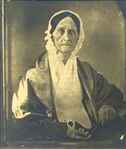 Daguerrotype of Barbara Fritchie Daguerrotype of Barbara Fritchie Well, our Mount Olivet database had a bit of the story and showed that William Augustus was born on October 7th, 1830 and was the son of Benjamin Ebert (1802-1868) as Engelbrecht stated and wife Caroline Maria (Birely) Ebert (1810-1875). He was 14 days from his 21st birthday, not that the number is all that important as he apparently did not drink, being a member of the local chapter of the “Sons of Temperance.” (Of course that’s a joke, as I know that official drinking ages were arbitrary in those days.) With the help of some primary sources, I was lucky to find a little more info regarding the background of the Ebert family, including some connections to the fore-mentioned Frederick Civil War heroine Barbara Fritchie and the local legend’s birthplace of Lancaster, Pennsylvania.  "Buckskin dresser" at work "Buckskin dresser" at work William Augustus’ maternal grandmother was Maria Rebecca (Fritchie) Ebert, sister of John Caspar Fritchie—husband of Barbara (Hauer) Fritchie. William’s paternal grandfather (John Ebert) was a skindresser and glovemaker, which was the family trade of the famed Fritchies. Benjamin Ebert appears to have been engaged in his father’s business but diarist and neighbor Jacob Engelbrecht mentioned in his diary that Benjamin and a friend/business partner, named John Cook, went to Lancaster, Pennsylvania on May 25th, 1829. Jacob’s thought was that this move was in relation to Ebert taking his knowledge and skill of skin dressing and glovemaking there. However, another source would reveal that Benjamin really removed to Lancaster in order to learn the trade of gunsmithing. Benjamin’s father and brothers, John M. and Valerius (a future mayor of Frederick), were practicing the skindressing trade next door and to the immediate west of Mr. Engelbrecht. The Fritchies were involved in the same. The Eberts and Engelbrechts operated their businesses just east of Carroll Creek on the north side of Patrick street and directly across from the modern-day Barbara Fritchie House/Air B&B. A second mention (in Engelbrecht’s diary) from late December of that year talked of a double wedding featuring both Benjamin and Caroline Birely, and Ebert’s friend/associate John Cook and his bride. This occurred back in Frederick on Christmas Eve (1829) and the ceremony was officiated by Rev. David Schaefer of the Lutheran Church and War of 1812 local hero. The couples were said to have headed back to Lancaster afterwards. Interestingly, our subject, William Augustus was born exactly nine months and 14 days later. I asked one of my research assistants, Marilyn Veek, to search for info on the Ebert business and the location of the gun repair/whitesmith shop. After a few hours of digging, she said that an 1843 directory of Lancaster, as quoted in the 1922 Historical Papers and Addresses of the Lancaster County Historical Society, shows Benjamin Ebert, tailor, on the n. side of the 3rd square on King Street, and Benjamin Ebert, gentleman, on the s. side of that square. Were these different men or one in the same? I’m guessing the latter and a separation between business workshop and home residence. According to the 1850 census, five children were born to the Eberts while residing in Pennsylvania, at least sometime between 1833-1846:. These included: John, Samuel Birely, Caroline, Emma and Augustus. Another child, Rebecca Maria was born in Frederick in 1850. Marilyn shared with me the fact that Benjamin had bought what was 67 W. Patrick (now 131-133 W. Patrick on the north side at the bend) back in 1850. This is part of West Patrick Street Square and sits across the street from the County Courthouse Parking Deck. I strongly think this was the scene of William’s unfortunate shooting accident in September, 1851.  Even though the Ebert business is not shown on the right, this daguerreotype by Jacob Byerly shows the streetscene of W. Patrick just past "the Bend" after the disastrous Flood of 1868. Mayor Valerius Ebert called for the removal of the old Barbara Fritchie House and that of his father's skin dressing business so that the creek could be widened, thus helping to eliminate future flood catastrophes for Frederick Another interesting online source provided additional provenance and this was the website of the Kentucky Rifle Foundation. The website told me that: “Benjamin and his son John were general gunsmiths prior to the Civil War and were located on the south side of Patrick Street west of Bentz Street in Frederick. By the 1880s they were advertising as Benjamin Ebert & Son at 67 West Patrick Street. In 1895 they were advertising hardware and carriages.” The Portrait and Biographical Record of the Sixth Congressional District (Chapman Publishing, 1898) which features a bio of William Augustus Ebert’s younger brother, Augustus, discusses father Benjamin going to Lancaster and learning gunsmithing there. It says that Benjamin's shop, the one in question, was just across the street from Augustus' "present place of business" in Frederick, likely a property later known as "the repository", which Benjamin had bought in 1864 as the result of an equity case involving the will of John Casper Fritchie. An abstract says that this property had a gunsmith shop on it. Benjamin Ebert died in 1868. In 1883, his sons Samuel B., John and Augustus (who had been trading under the name B. Ebert & Sons) dissolved the partnership. Samuel sold all of his interest in the property, stock in trade, money, property and assets to John and Augustus. Ebert & Sons, hardware merchants and carriage builders, went bankrupt in 1907. The bankruptcy and end of the family business occurred just a few months after a devastating fire swept their location on West Patrick Street (at the Bend), said to have been one of the worst in Frederick's history. So let’s get back to William Augustus Ebert. He was originally buried at the Lutheran Church graveyard on E. Church Street as Mount Olivet was not in existence until 1854, three years after his death. Our records show he was moved here on July 10th, 1856. He would be joined on the family plot (Area G/Lot 202) by his father in 1868, and his mother seven years later. Other family members in this lot include William Augustus’ brother Samuel B. (d. 1880), Sisters Emma C. Ebert (d. 1904) and Rebecca Maria Ebert (d. 1914). Sister Caroline (Ebert) Winebrenner is in the lot immediately to the right, and brothers John M. and Augustus who are roughly 75 yards away in Area Q/Lot 139.
I painfully researched, and shared the family tree because of the fact that there were other Ebert daguerreotypes that were up for auction from that same seller a few weeks back. They all came from the same original source, some current day descendant of Benjamin Ebert. I’m thinking that these were William Augustus’ siblings.....but who is who? One additional daguerreotype in this collection went for several hundred dollars. I initially thought this to be a brother, but now I think it could be a second image of William Augustus, as he looks similar to my elusive daguerreotype and is wearing what appears to be a military uniform. Those regular readers of this blog have been told on more than one occasion that our early Frederick fire companies doubled as militia units. Since William Augustus Ebert was a member of the Junior Fire Company, I’d bet that he is pictured here in his Junior Defenders uniform. Well, researching and writing this week’s “Story in Stone” has been somewhat therapeutic. I will always be upset with myself over “the one that got away,” but I will soon enter the Acceptance stage of the Kübler-Ross model. I'm just so glad that I saw the auction in the first place and was able to add to our documentation of this early family of not only our town, but also our cemetery.
2 Comments
Nancy Droneburg
11/17/2020 03:14:25 pm
Thank you again for these wonderful stories
Reply
Richard Bishop
8/3/2021 09:47:05 pm
Thank you for this amazing work and for sharing these pictures and artifacts! These are relatives of mine (Benjamin Ebert's older brother, Augustus Fritchie Ebert, is my maternal maternal 4-great-grandfather), and this has helped me fill in some gaps in my genealogy research for that side of the family.
Reply
Leave a Reply. |
STORIES
|
Archives
July 2024
June 2024
May 2024
April 2024
March 2024
February 2024
January 2024
December 2023
November 2023
September 2023
August 2023
July 2023
June 2023
May 2023
April 2023
March 2023
February 2023
January 2023
December 2022
November 2022
October 2022
September 2022
August 2022
July 2022
June 2022
May 2022
April 2022
March 2022
February 2022
January 2022
December 2021
November 2021
October 2021
September 2021
August 2021
July 2021
June 2021
May 2021
April 2021
March 2021
February 2021
January 2021
December 2020
November 2020
October 2020
September 2020
August 2020
July 2020
June 2020
May 2020
April 2020
March 2020
February 2020
January 2020
December 2019
November 2019
October 2019
September 2019
August 2019
July 2019
June 2019
May 2019
April 2019
March 2019
February 2019
January 2019
December 2018
November 2018
October 2018
September 2018
August 2018
July 2018
June 2018
May 2018
April 2018
March 2018
February 2018
January 2018
December 2017
November 2017
October 2017
September 2017
August 2017
July 2017
June 2017
May 2017
April 2017
March 2017
February 2017
January 2017
December 2016
November 2016

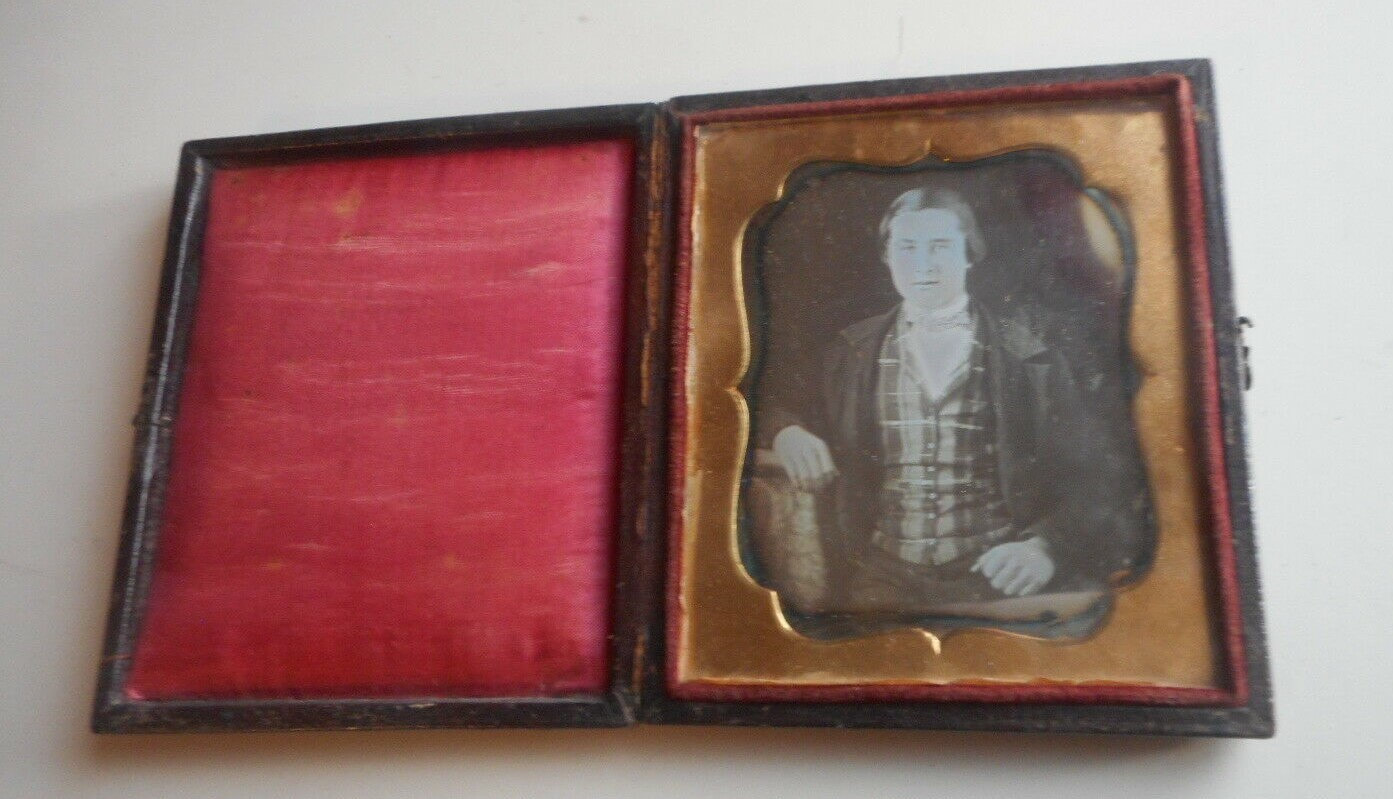


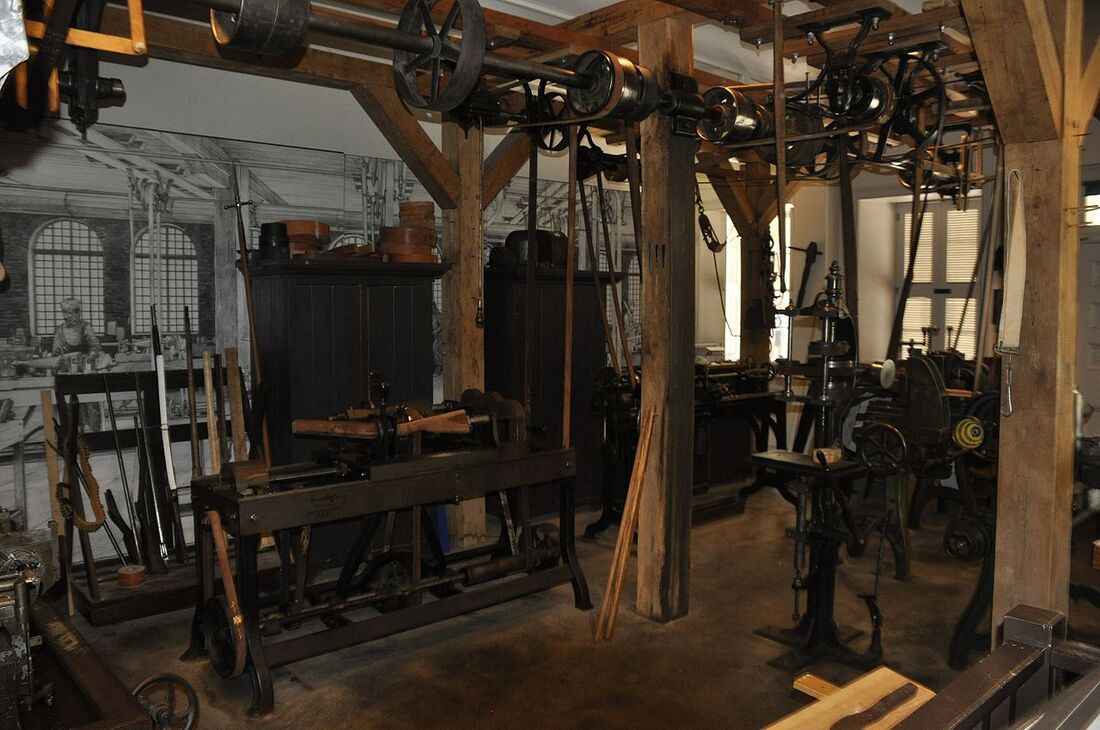










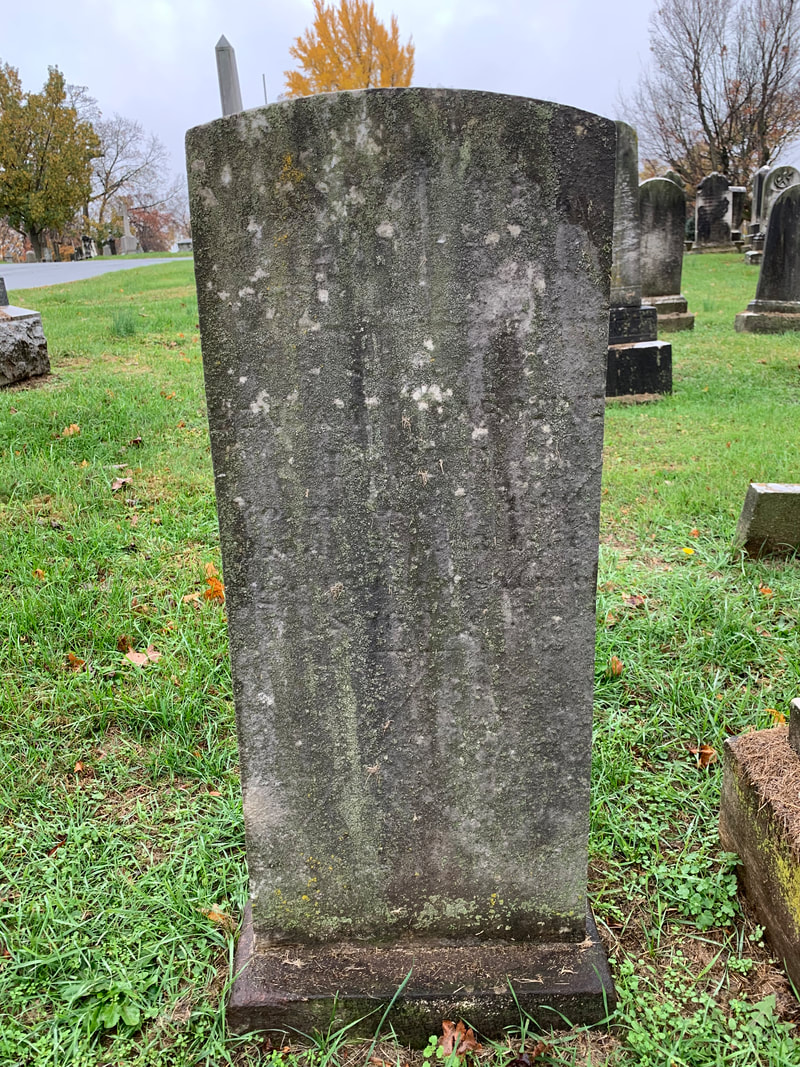




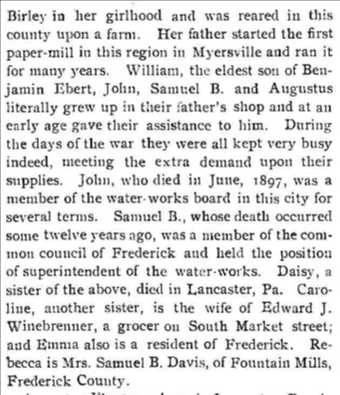



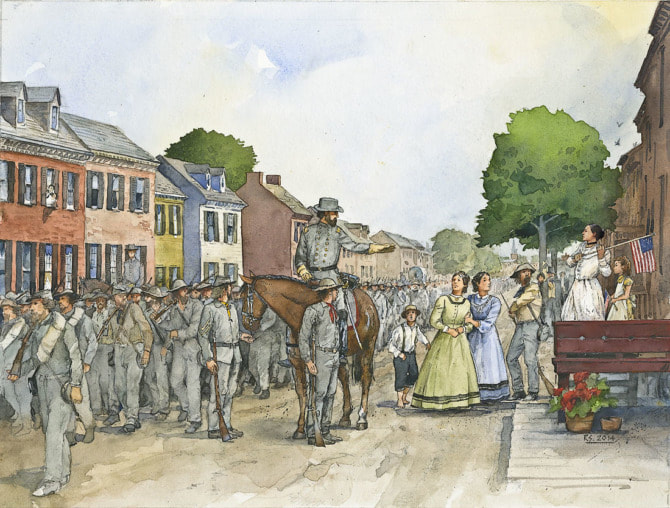

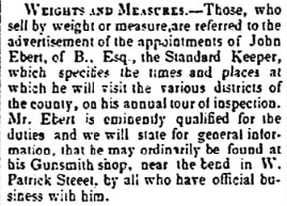










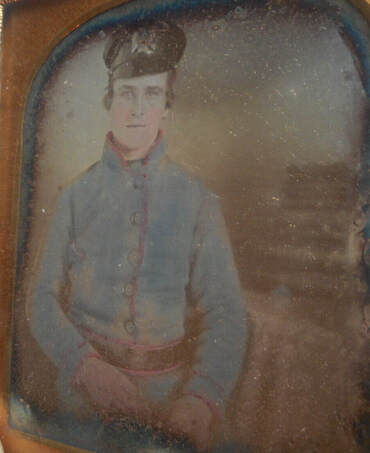



 RSS Feed
RSS Feed